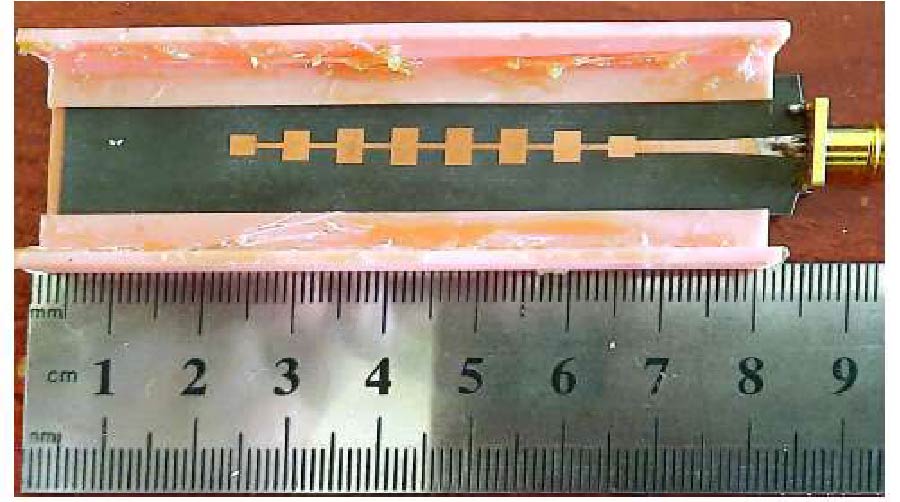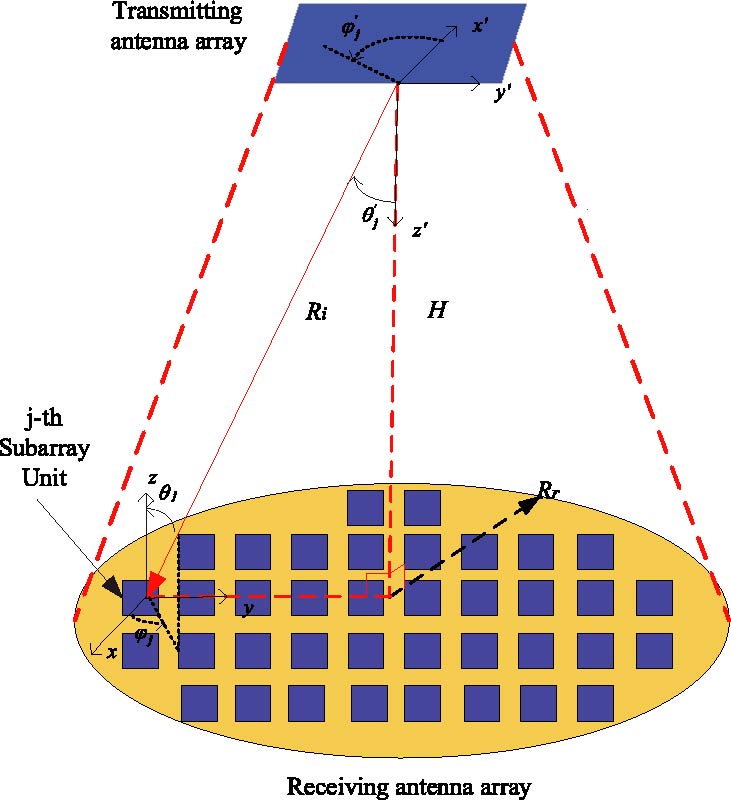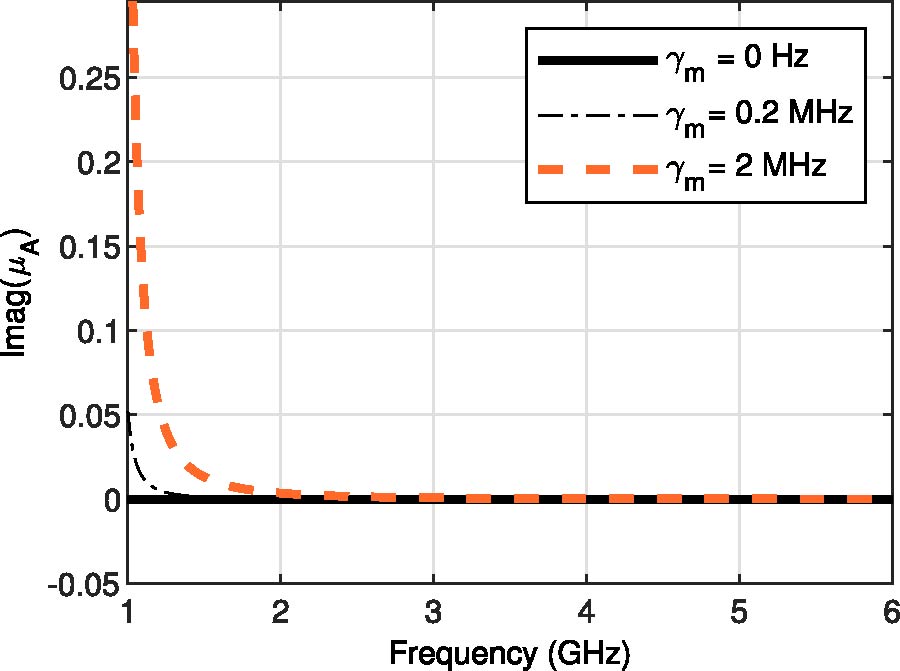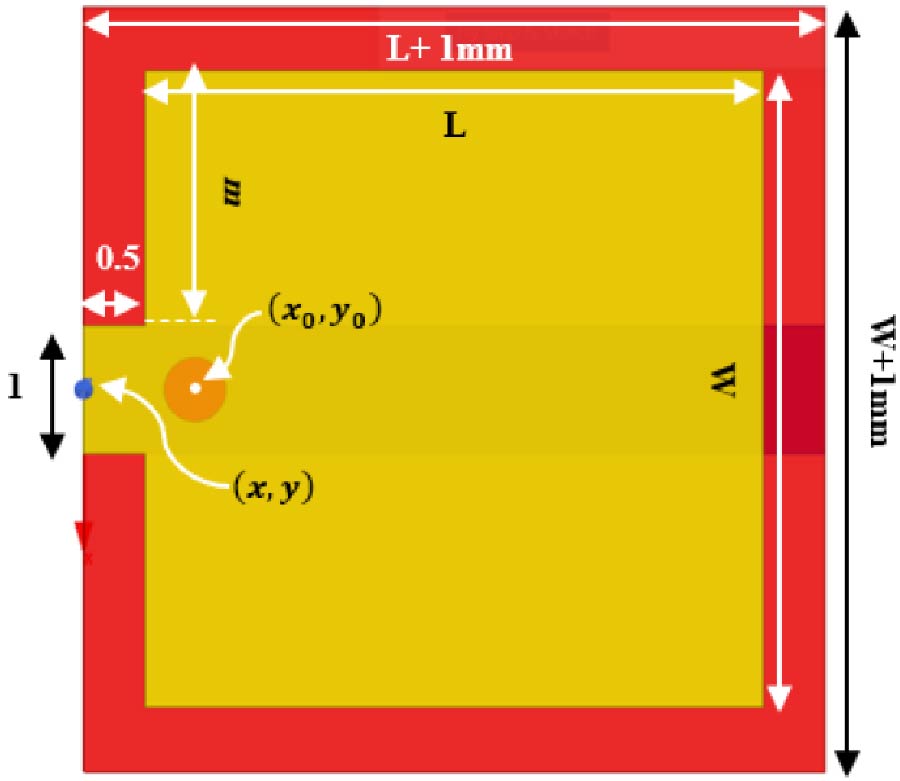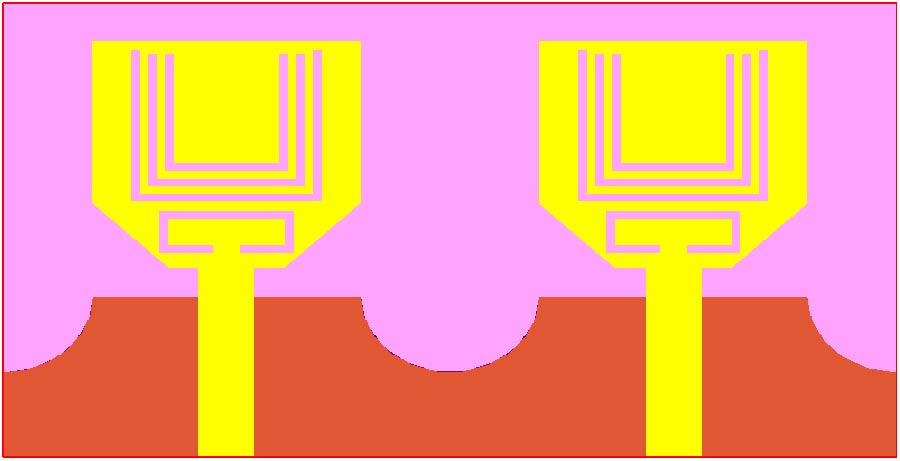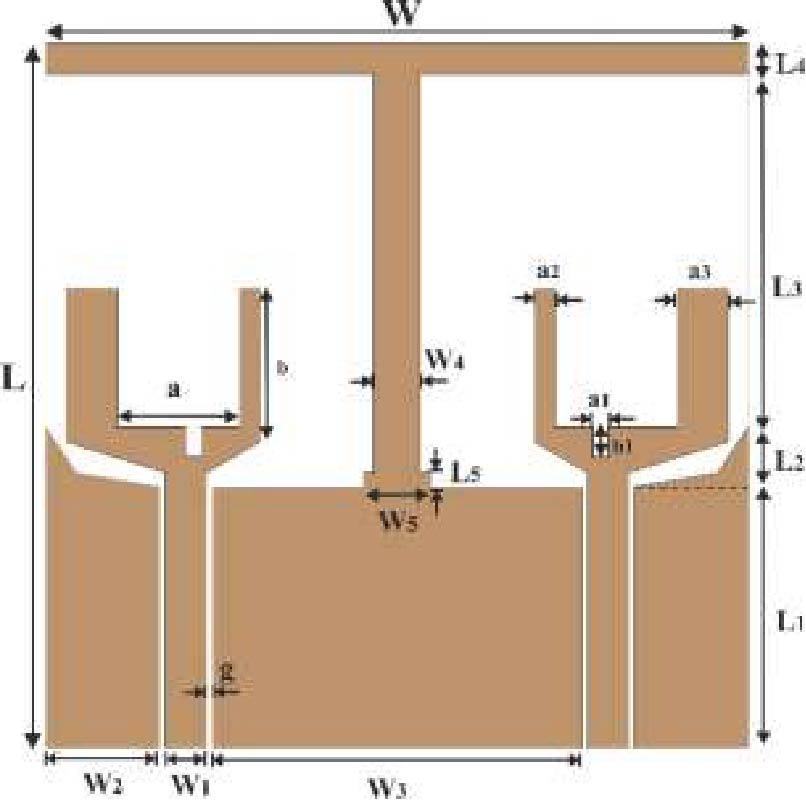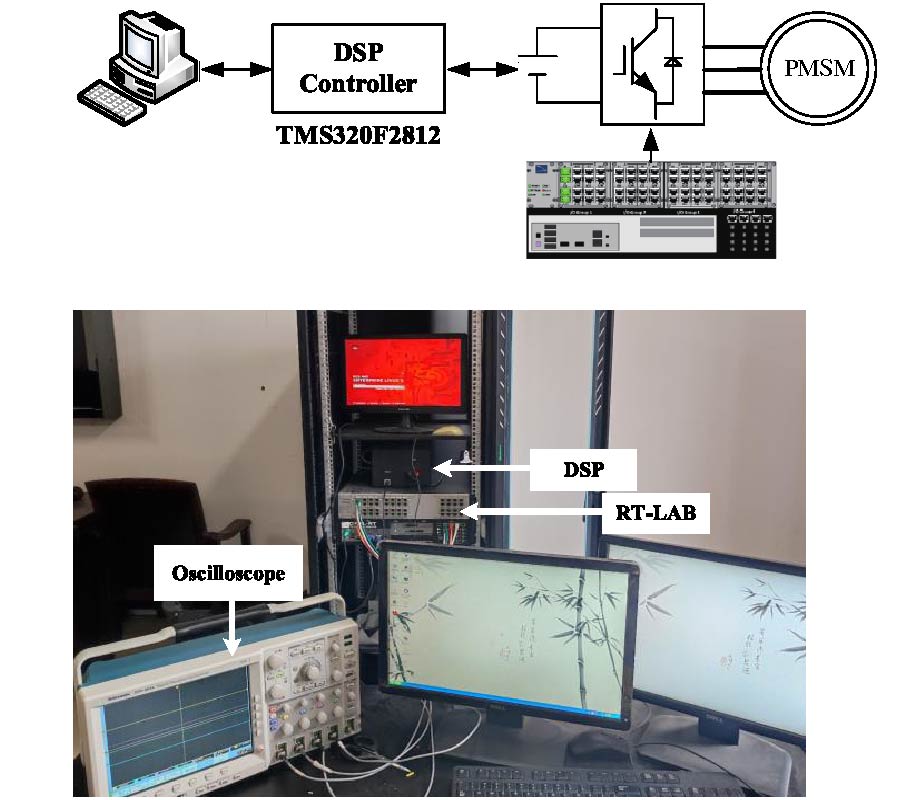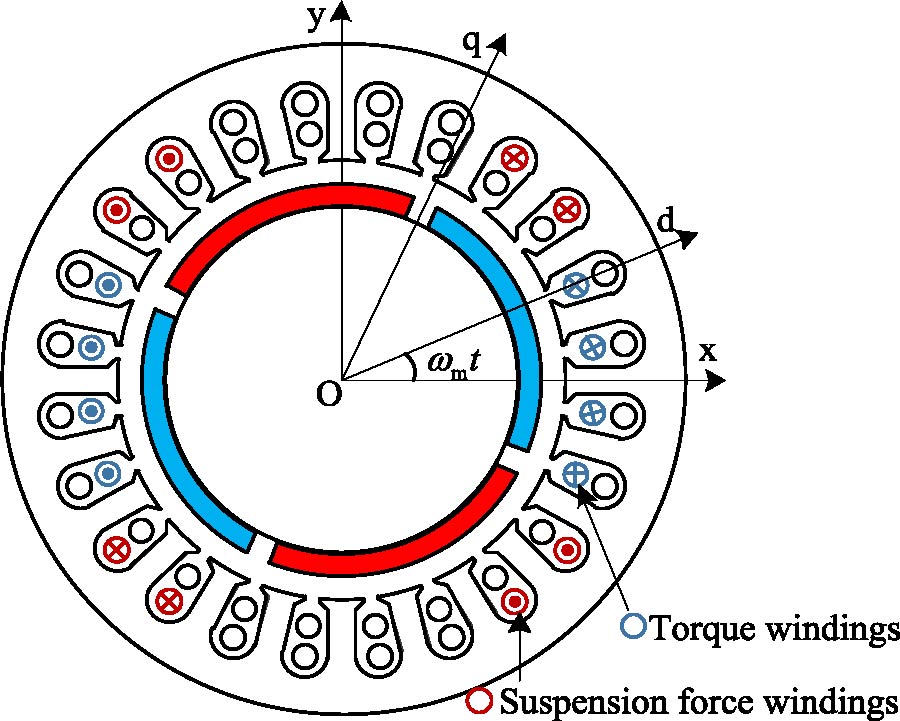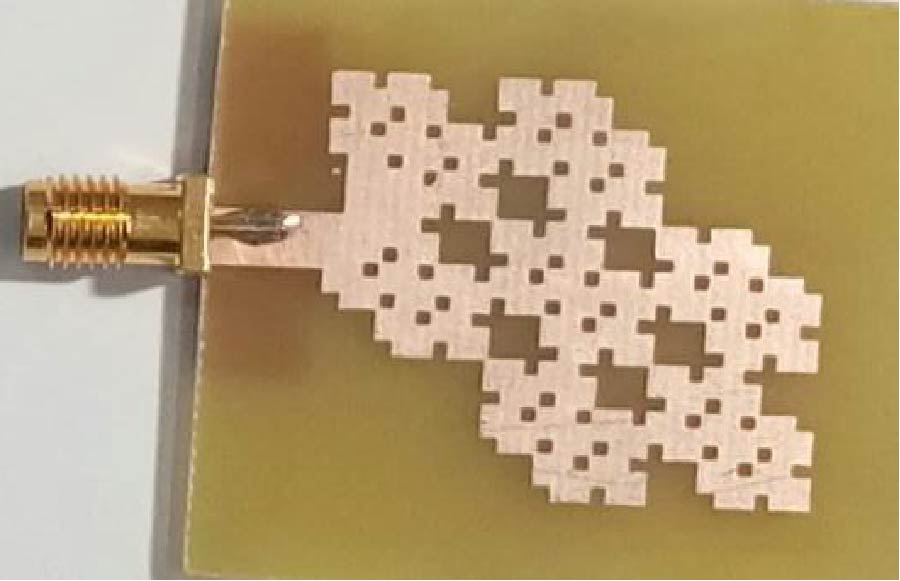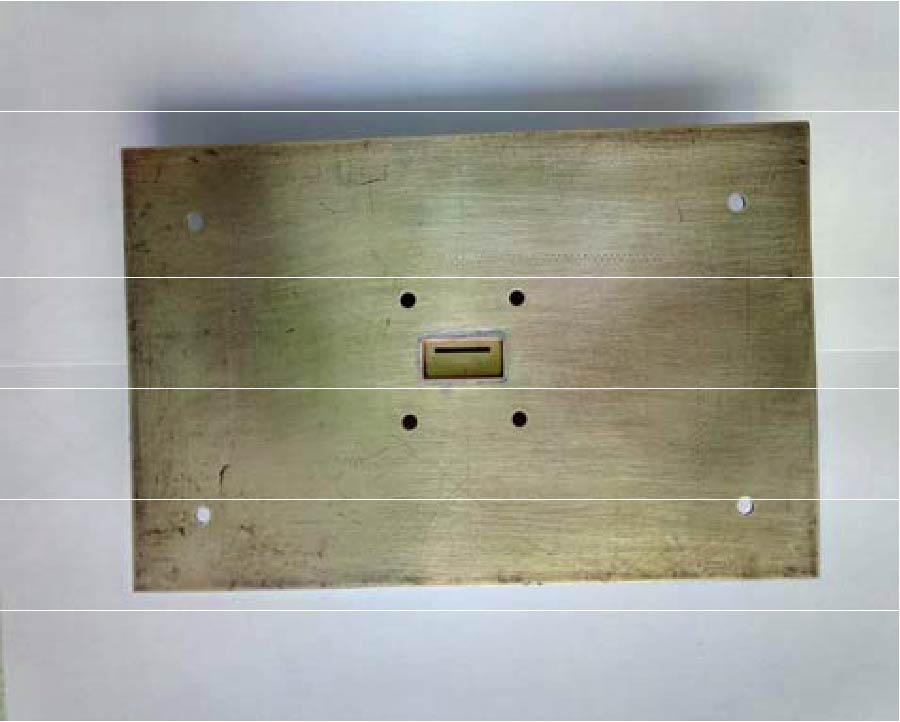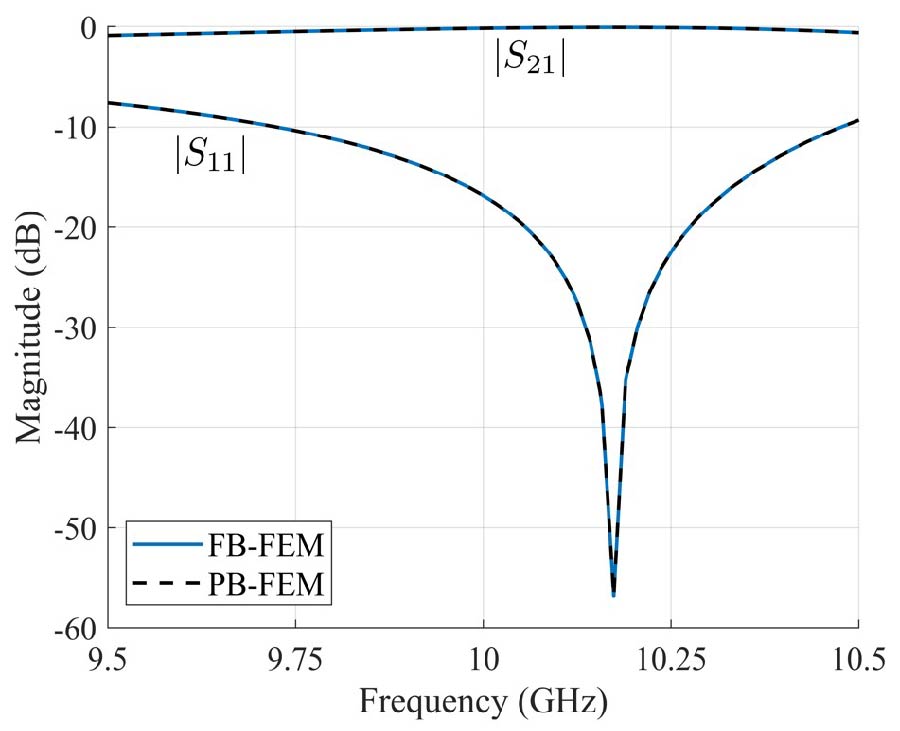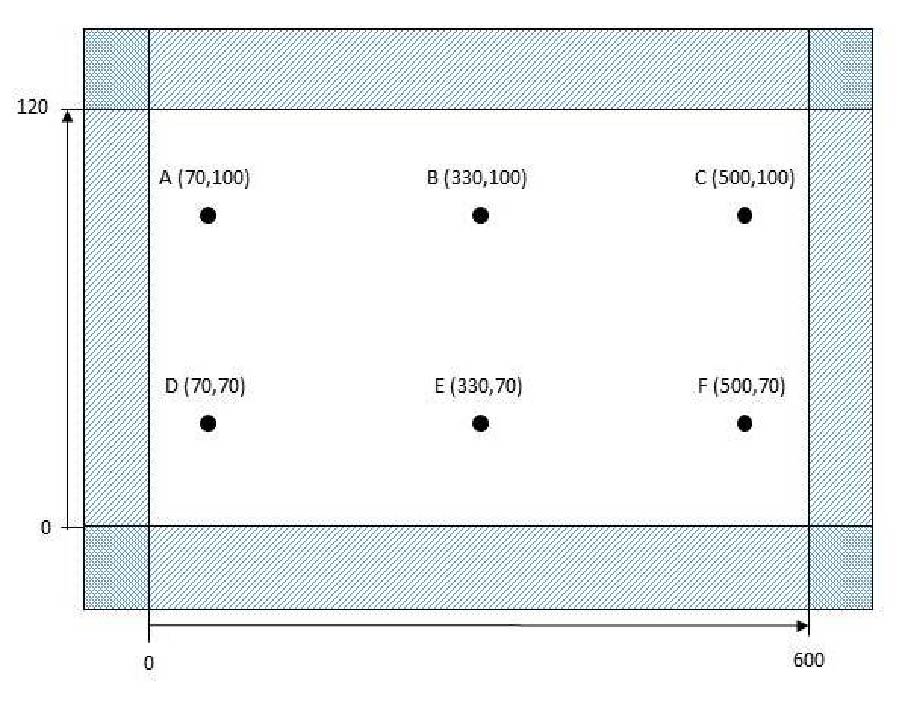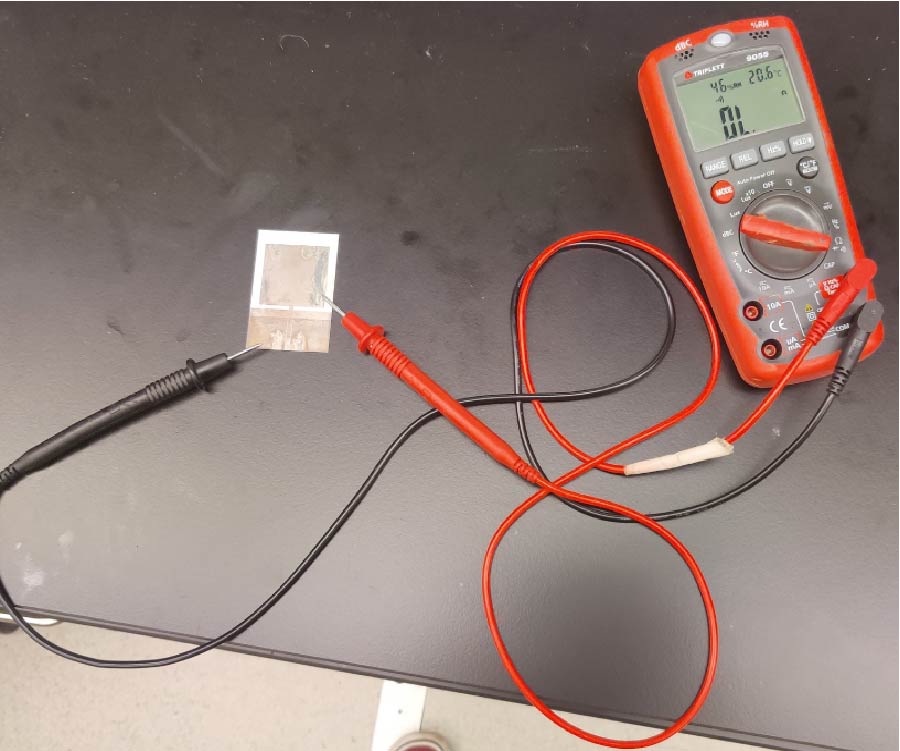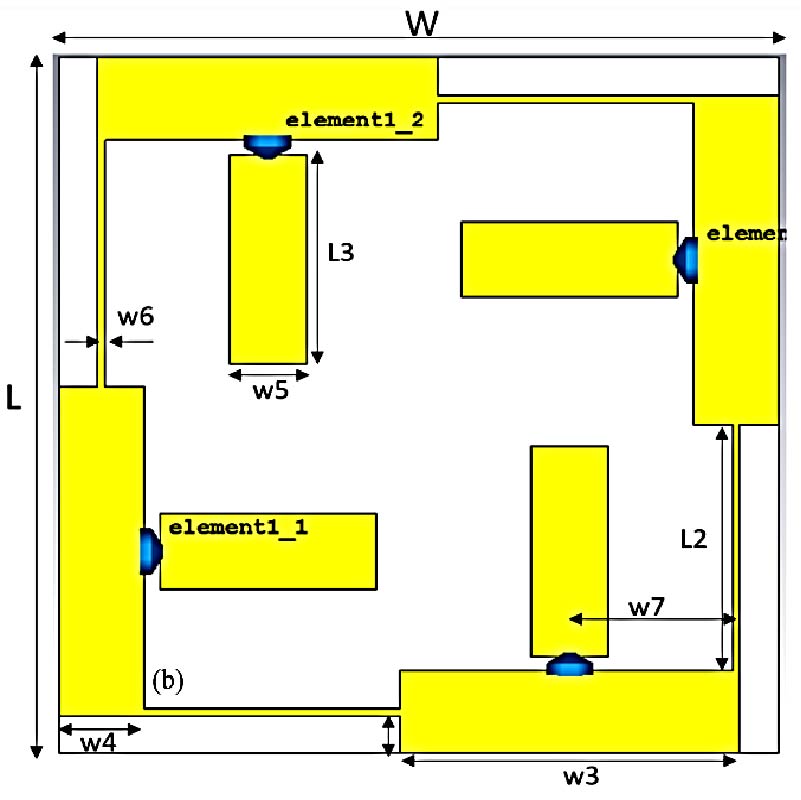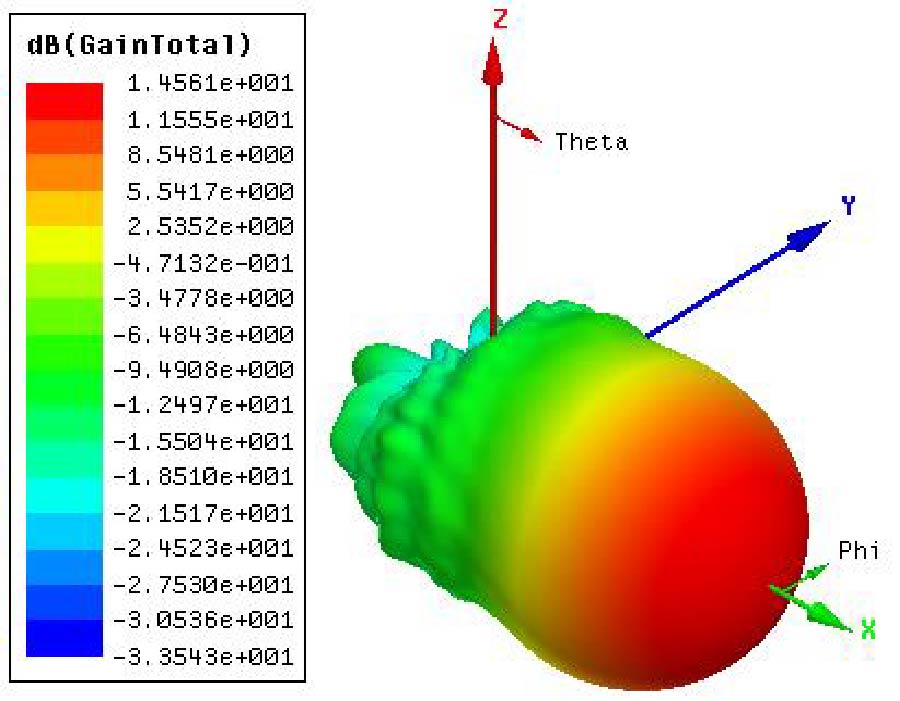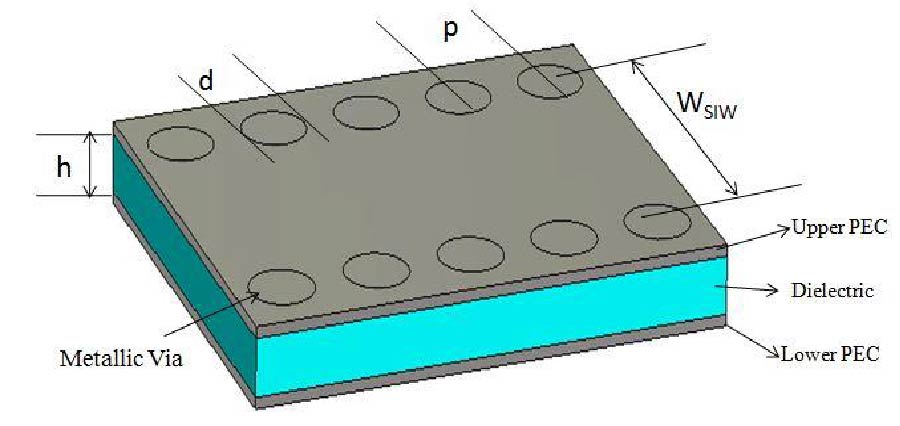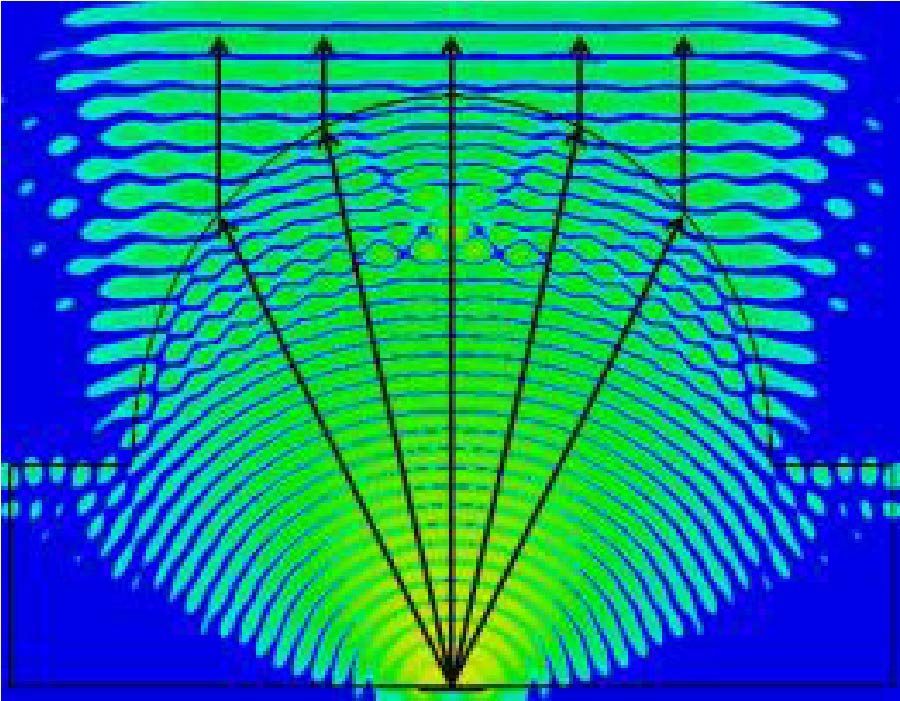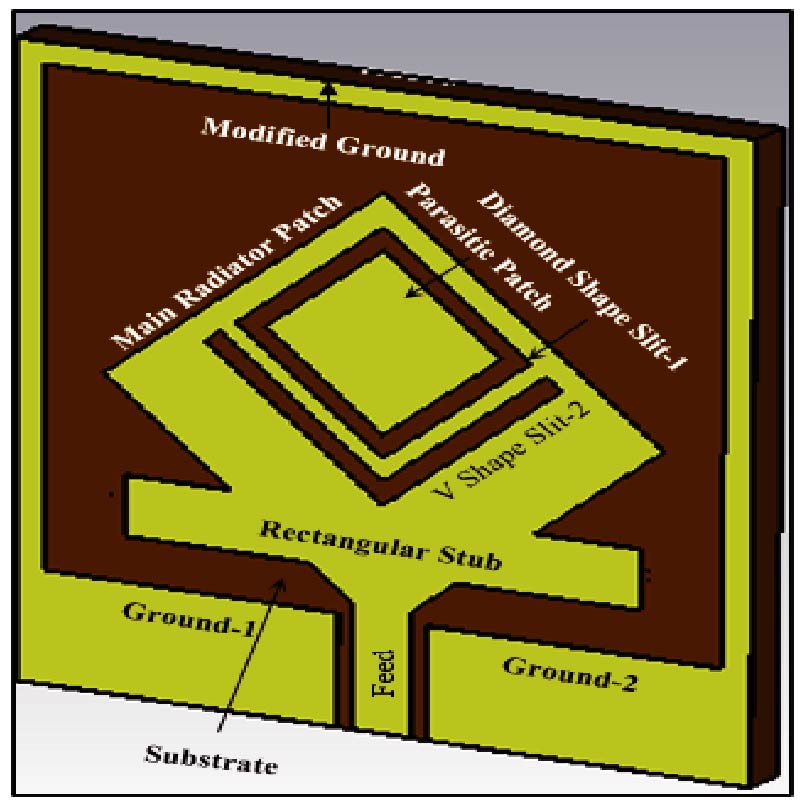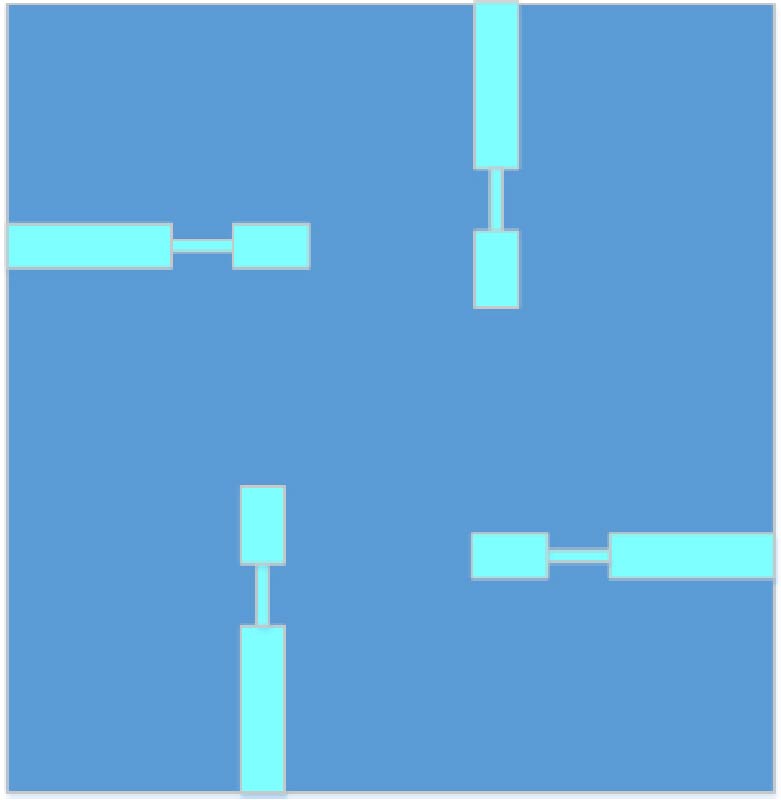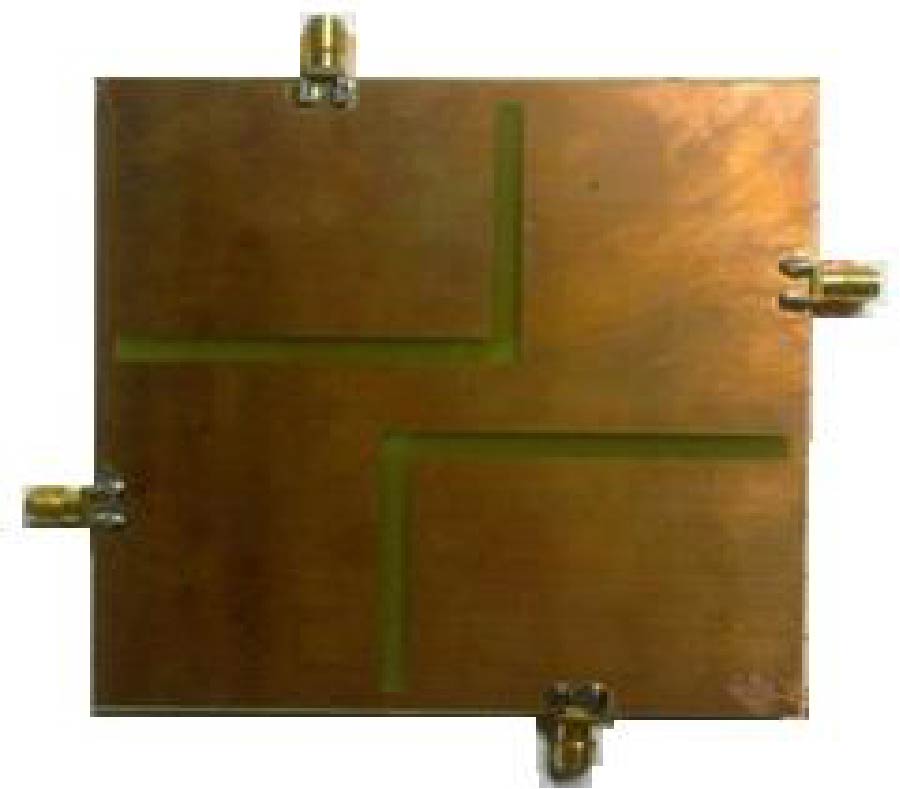High-Gain Pixel Patch Antenna Array for Miniature Wireless Communications and IoT Applications
Yasser M. Madany,
Hassan M. Elkamchouchi and
Sara I. Abd-Elmonieum
Since wireless technology has been developed so quickly, there is a surge in interest in multi-band reconfigurable antennas as devices and satellites continue to advance in the direction of downsizing. Due to physical limitations, current and future wireless technologies as well as the cutting-edge compact satellites need antenna systems that are dependable, effective, and have a large bandwidth. The fifth generation of mobile communication technology promises to deliver fast data rates, low latency, and exceptional spectrum efficiency. One of the most crucial factors that makes this technology possible is the way in which satellite technology is integrated with terrestrial communication systems. Therefore, it is crucially important to develop next-generation antennas that can meet the functional requirements for 5G and CubeSat applications. Additionally, the antenna components need to be small and low-profile for Advanced Driver-Assistance Systems (ADAS) and Vehicle-to-Everything (V2X) to function properly. Reconfigurable antennas can offer a wide range of configurations in terms of operating frequency, radiation pattern, and polarization. This paper aims to investigate pixel antenna arrays for wireless communication and Internet of Things (IoT) systems. Design, analysis, and comparison have been done on both the traditional and proposed pixel design configurations. The proposed pixel patch design area reduction is about 75%, and the full design area reduction is about 90%, compared to conventional patches. The pixel design parameters of these antennas are carefully examined to increase their gain, radiation pattern, and efficiency. For a variety of applications, increased gain and various radiation pattern configurations may be advantageous. As a result, increasing the coverage of 5G, 6G, and small satellites requires antennas with a small size, higher gain, and better radiation patterns.
